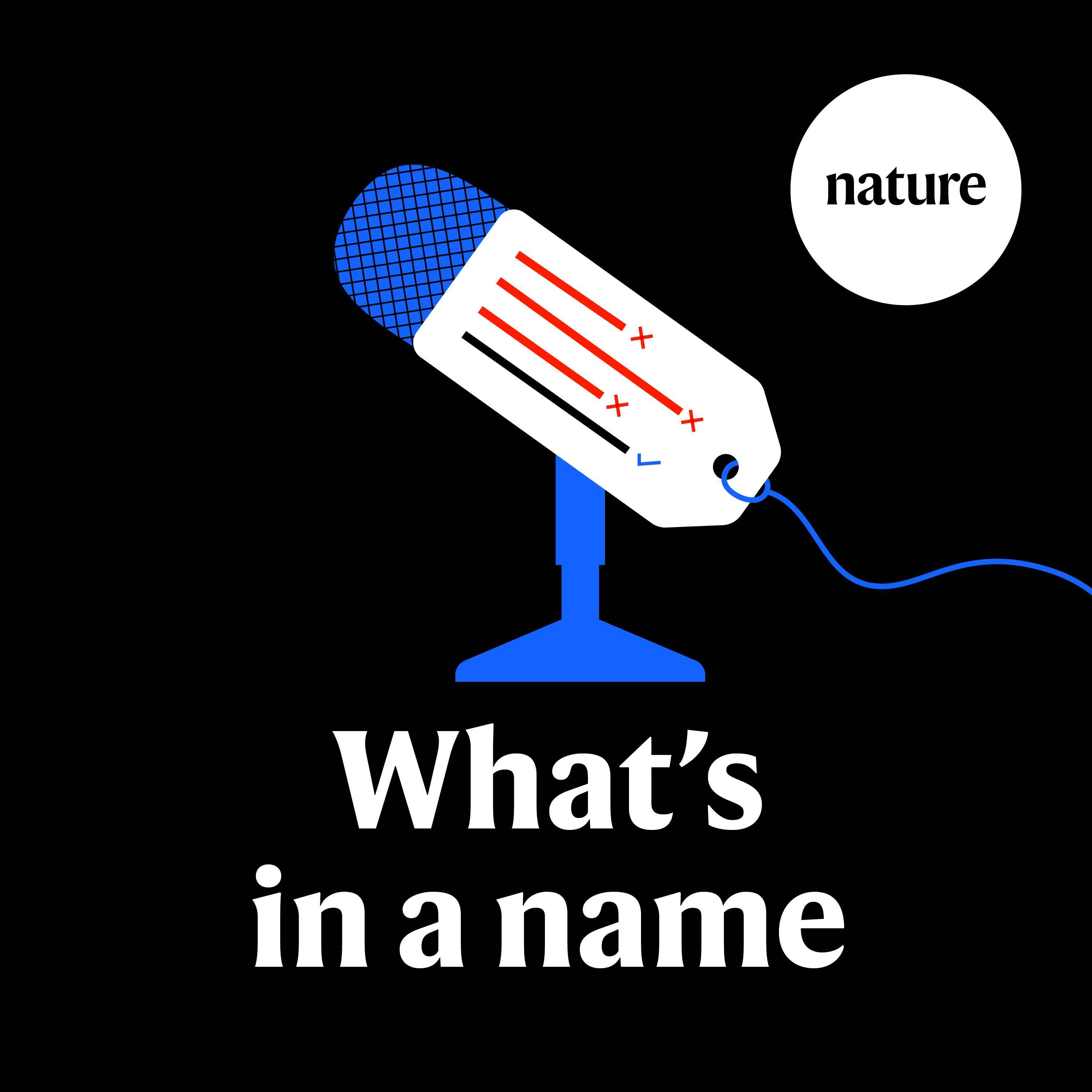
Should offensive species names be changed? The organisms that honour dictators, racists and criminals

Nature Podcast
Deep Dive
Why is the naming of species considered one of the most complicated things in science?
Species naming involves a complex system of rules, historical context, and global communication standards, making it a contentious and intricate process.
What is the significance of Latin in scientific species naming?
Latin ensures consistency and global understanding among scientists, as it provides a universal language for naming organisms, regardless of the researcher's native tongue.
Why are some species names considered offensive or problematic?
Many species names are eponyms honoring historical figures, some of whom were racists, dictators, or criminals, leading to debates about their appropriateness in modern science.
What is the controversy surrounding the beetle named Anophthalmus hitleri?
The beetle was named after Adolf Hitler in 1933, leading to unwanted attention and a black market trade in the insect, despite its unremarkable nature.
What are the arguments for and against changing eponymous species names?
Proponents argue that offensive names should be changed to reflect modern values, while opponents emphasize the need for stability in scientific nomenclature and the impracticality of changing millions of names.
How does the International Commission on Zoological Nomenclature (ICZN) view the renaming of species?
The ICZN prioritizes stability in nomenclature and does not recommend renaming species unless there are formal nomenclatural reasons, such as a new priority name being discovered.
What recent changes have been made to plant nomenclature to address offensive names?
In 2023, the International Botanical Congress voted to change plant names containing racial slurs, with a committee established to flag future problematic names starting from 2026.
What are the challenges of using indigenous names for species?
The process requires careful consultation with indigenous communities, as naming can imply ownership or cultural missteps, and not all species have local names.
Why do some researchers argue that eponymous names should remain?
Eponyms can serve as tools for conservation, attracting funding and attention to endangered species and their habitats, especially in regions with limited resources.
What is the law of priority in species naming?
The law of priority states that the first published name for a species takes precedence, ensuring stability in nomenclature and preventing confusion among scientists.
- Categorization is fundamental to how humans interact with the world.
- Binomial nomenclature standardizes scientific communication.
- Latin names ensure clarity and consistency in identifying species.
Shownotes Transcript
Categorizing things is central to science. And there are dozens of systems scientists have created to name everything from the trenches on the sea bed to the stars in the sky.
But names have consequences — unintended or otherwise. In our new series What’s in a name we’ll explore naming in science and how names impact the world — whether that’s how the names of storms impact public safety, how the names of diseases impact patient care, or even how the names of scientific concepts can drive the direction of research itself.
In this first episode we’re looking at species names. The modern system of species naming began in the 1700s and has played a vital role in standardizing academic communication, ensuring that scientists are on the same page when they talk about an organism. However, this system is not without its issues. For example, there has been much debate around whether species with names considered offensive — such as those named after historical racists — should be changed, and what rule changes need to be made to allow this to happen.
We speak to researchers about the history of this naming system, how it’s applied and how it might evolve in the face of growing pressures.
Sources
For a full list of sources, please visit https://www.nature.com/articles/d41586-024-04200-9)
Music credits
Premiumaudio/Pond5
Alon Marcus/Pond5
Groove Committee/Pond5
Opcono/Pond5
Erik Mcnerny/Pond5
Earless Pierre/Pond5
Richard Smithson/Triple Scoop Music/Getty Images
Douglas Romayne/Triple Scoop Music/Getty Images
Sound effects via Pond5
Thick-billed Longspur/Andrew Spencer) via CC BY-NC-ND 2.5)
Hosted on Acast. See acast.com/privacy) for more information.